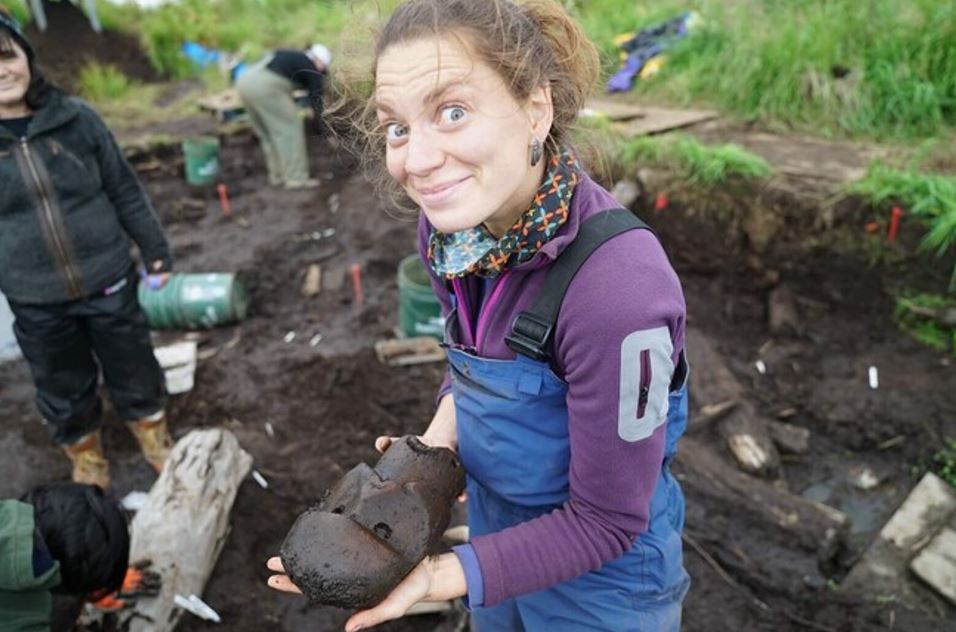Estonian researcher Anna Mossolova is helping the indigenous people of Alaska to revive their mask-making tradition that was suppressed under the influence of Christian missionaries at the turn of the 20th century.
This article is published in collaboration with Research in Estonia.
The Yup’ik people living in southwest Alaska first came into contact with outsiders in the 1820s. A century later, under the influence of Christian missionaries, a large portion of the Yup’ik communities stopped making masks, and the knowledge and skills related to mask making faded. However, masks found on archaeological excavations today encourage the Yup’ik to continue their mask-making tradition in a new form, as is revealed in a doctoral thesis defended at Tallinn University.
“The Yup’ik, like other subarctic Indigenous peoples, believed in an ensouled and multi-layered universe, where people, animals and even objects have an immortal soul and personhood,” the new doctor, Anna Mossolova, says. In her doctoral thesis, she focused on one of the main traditions of the cultural inheritance of the Yup’ik people – making masks.
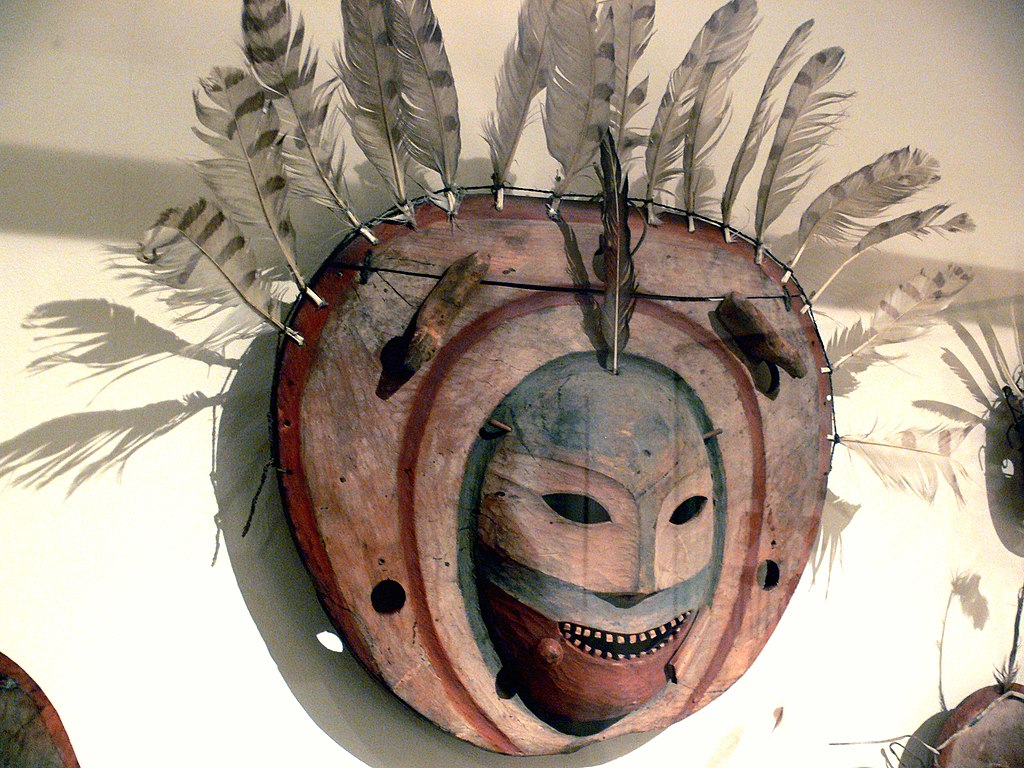
Based on the finds from the Nunalleq archaeological site and ethnographic fieldwork in Alaska, Mossolova tried to fill cultural gaps in Yup’ik history left by the time of harsh colonial suppression. “My doctoral thesis takes a look at how Yup’ik masking traditions have changed through time: the pre-colonial period, the colonial era and today, ie, the revival period of Indigenous traditions,” Mossolova described.
Maintaining a good relationship with the unseen
The Yup’ik used masks at their annual winter ceremonies. These were events where communities came together to celebrate the different parts of the lifecycle; for example, to honour the spirits of animals killed during the current subsistence season and assure their return in the upcoming year.
“During the ceremonies, nonhuman beings could make themselves visible through masks,” the researcher said. More specifically, the Yup’ik masks represented animal spirits, shaman-helping spirits and other supernatural beings.
The mask could also represent plants, driftwood or forces of nature, such as wind or cold weather. Such choice was not random, as according to Mossolova, the survival and well-being of the community depended on relations with the weather, animals, spirits and the deceased. Therefore, the winter ceremonies of the Yup’ik celebrated survival, strengthened community bonds and created a sense of security.
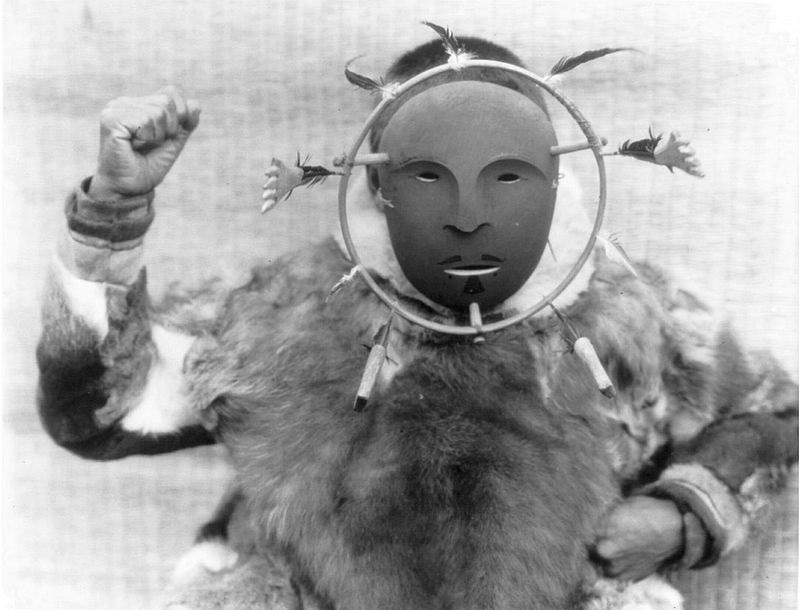
“However, the important Yup’ik celebrations and ceremonies were condemned by the Christian settlers, who saw the masks as the symbols of pagan idolatry,” Mossolova noted, describing the decline of the tradition. She added that missionaries from Jesuit and Moravian churches influenced the Yup’ik people so much that dancing with masks had ceased in most Yup’ik communities by the 1920s. Thus, passing on mask-making skills in these communities stopped for several decades.
Walrus tusk or Swarovski crystal?
“The revival of traditional practices in Yup’ik communities began in the 1980s. Today, masks are being created by about two dozen living Yup’ik artists,” Mossolova said, describing the situation. For her thesis, she talked to seven Alaska Native artists. Among other things, they discussed the revival of lost knowledge, the concept of “authentic” indigenous art, as well as the role the masks play in the life of the contemporary Yup’ik community.
“Many conversations revealed that reviving precontact cultural practices today is extremely important to the Indigenous peoples’ efforts to strengthen their long-supressed identity and heal from the colonial trauma,” the researcher noted.
When making masks, Yup’ik artists do not limit their choice of materials only to what was available centuries ago. According to Mossolova, the masks were historically made of wood, particularly of driftwood carried to the beach. “Real wood does not grow in the Yukon-Kuskokwim Delta tundra,” she explained.
Miniature models of a multi-layered and ensouled universe
The researcher said the Yup’ik masks were very complex and elaborately decorated. Often the masks of that time were surrounded by full or partial bentwood hoops and had animal figurines attached to the hoops or the main body of the mask.
“The Yup’ik hooped masks can be viewed as miniature models of a multi-layered and ensouled universe, where each creature and each event holds their own place and importance,” she explained, adding the masks were generally painted immediately before the ceremony, as it was believed that then the masks would become alive.
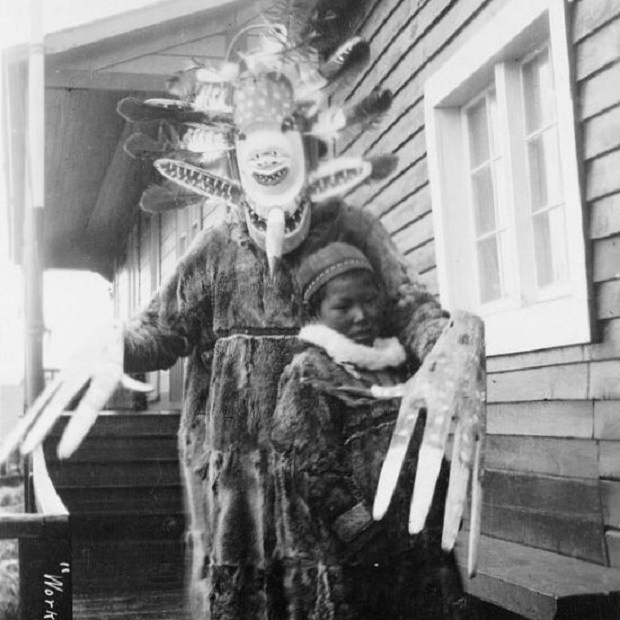
Today, Yup’ik mask artists draw inspiration from archaeological and ethnological collections, but add modern twists and innovations to their artwork. “They use all kinds of materials: traditional materials, such as walrus tusks, fur, grass, feathers, sinew and others, but also newer materials, such as acrylic paint, plastic, synthetic threads, nails, barbed wire, semi-precious stones and even Swarovski crystals,” Mossolova said.
According to the new doctor, innovations illustrate the natural development of a living tradition and an artistic reaction to cultural breaks caused by colonialism. “A connection to the past is not always limited to copying the material form, but rather manifests in the immaterial stories and values that these forms actually carry on,” she noted. So, even though the current Yup’ik artists use new tools and materials, according to Mossolova, their work represents quite traditional worldviews and narratives.
Changing the present by reviving the past
The Yupik are indigenous people in western, southwestern and southcentral Alaska and the Russian Far East, whose language belongs to the Eskimo-Aleut family of languages. “The Alaskan Yup’ik people, whose communities I have worked in, are the largest Native population in Alaska, traditionally inhabiting the shore of the Bering Sea and the Yukon-Kuskokwim Delta region,” Mossolova explained.
The abundant natural resources of southwest Alaska allowed for a relatively sedentary lifestyle. The Yup’ik traditionally moved seasonally between semi-subterranean settlements in the tundra in winter and smaller summer fish camps in summer. They subsisted on a wide variety of sea mammals, fish, and caribou.
The researcher says they have kept a strong bond with their land and the animals they shared this land with. “To keep a balance between the human and spirit worlds, the Yup’ik people had to adhere to the traditional “rules of living” and follow the prescriptions and prohibitions of their shamans,” she said.

The first time the Alaskan Yup’ik people came into contact with the outsiders was in about 1820, ie, later than, eg, the indigenous peoples of south or southeast Alaska. The encounter with colonisers became fateful for more than half of the inhabitants of the Yukon-Kuskokwim Delta who died of infectious diseases brought in, such as influenza and smallpox.
A strong cultural identity still the best defence against any social woes
Shamanism was discouraged already by Russian Orthodox priests who arrived in southwest Alaska by the 1840s; nonetheless, the Yup’ik ceremonialism as such was generally tolerated until the 1880s when the larger numbers of Protestant and Catholic missionaries were sent to the region. Enmeshed in Western culture, new religion and cash economy, the Yup’ik turned into a politically and culturally marginalised minority in their homeland.
“At the same time, as is also apparent from the research of my doctoral thesis, the Yup’ik culture is a culture of resilience,” Mossolova said. “Many traditional beliefs, important Native worldviews as well as the language are still maintained today. A strong cultural identity is still the best defence against any social woes.”
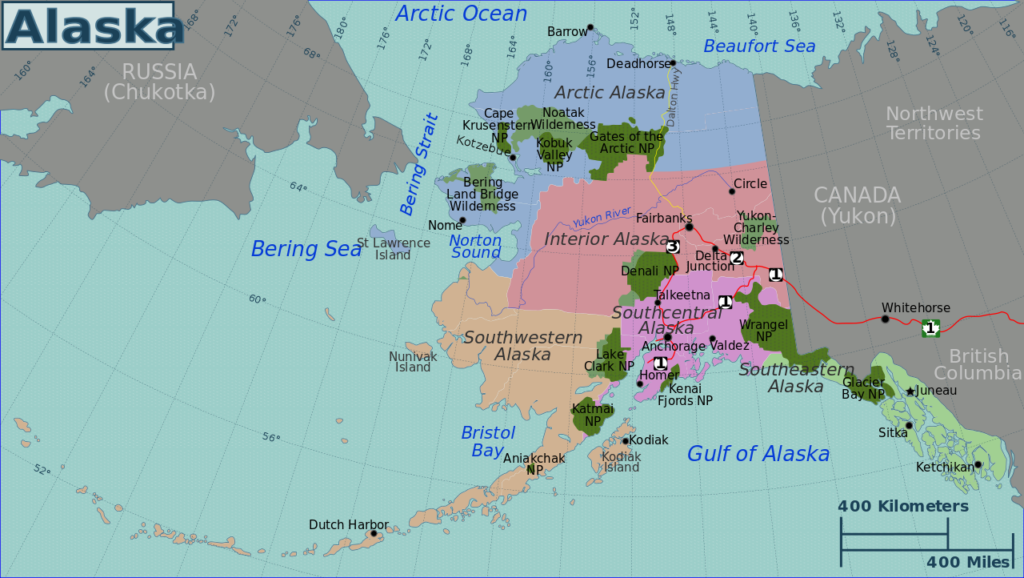
Mossolova has researched the Yup’ik precontact history since 2015, when she started working on the archaeological excavations at Nunalleq on the shore of the Bering Sea near the Alaskan Native village of Quinhagak. The aftermath of climate change – including rising sea levels, less protective ice cover and melting permafrost – is destroying archaeological sites all across the Arctic. In 2009, the village of Quinhagak invited archaeologists to help save the fast-eroding site that they called Nunalleq (literally, “the old village”).
“The Nunalleq is a semi-subterranean sod house complex, with the densest occupation levels dating between 1570 and 1670. It is one of the few archaeological sites in southwest Alaska, which is from the precontact period, and the only one proving the presence of a rich mask-making tradition several centuries before the Yup’ik were colonialised,” the new doctor explained.
Almost 100,000 artefacts
According to Mossolova, almost 100,000 artefacts were found from the Nunalleq site between 2009 and 2018, about 750 of which are related to the masking traditions of the Yup’ik people.
The community of Quinhagak has been involved into interpretation and curation of this collection from day one, incorporating traditional cultural values and narratives into all steps of research. In 2018, the village opened their own museum for the preservation of the artefacts excavated at Nunalleq, which according to the researcher, is an unprecedented initiative for a small Alaskan community of 700 people.
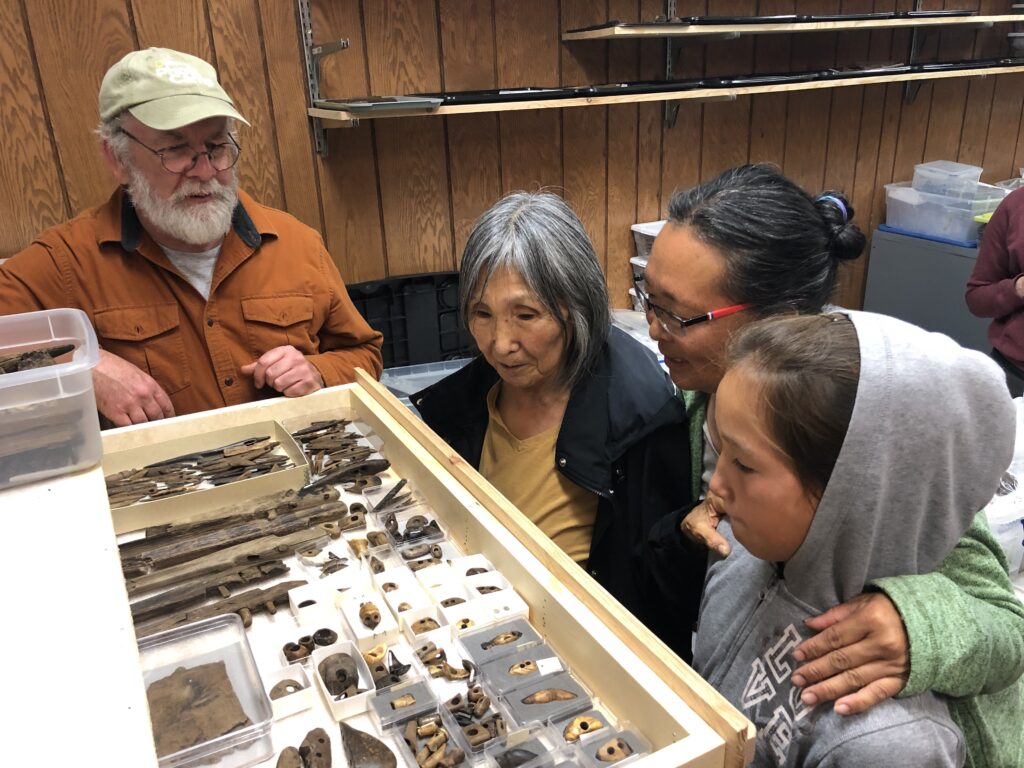
“I hope that my doctoral thesis helped reconstruct the precontact Nunalleq – and more generally the Yup’ik – worldview that keeps anchoring the identity of the Yup’ik today,” she said. A better understanding of the pre-colonial cultural practices helps the Yup’ik process and heal from the colonial trauma and restore a newly relevant version of their traditions today.
Anna Mossolova defended her doctoral dissertation “Mending the Breaks: Revival and Recovery in Southwest Alaska Mask-Making Tradition” on 10 December 2020 at the Tallinn University School of Humanities.
Cover: Anna Mossolova at Nunalleq excavations. She is holding a precontact Yup’ik mask (1570–1630 AD), unearthed just a few minutes before. Photo by Alice Watterson.

